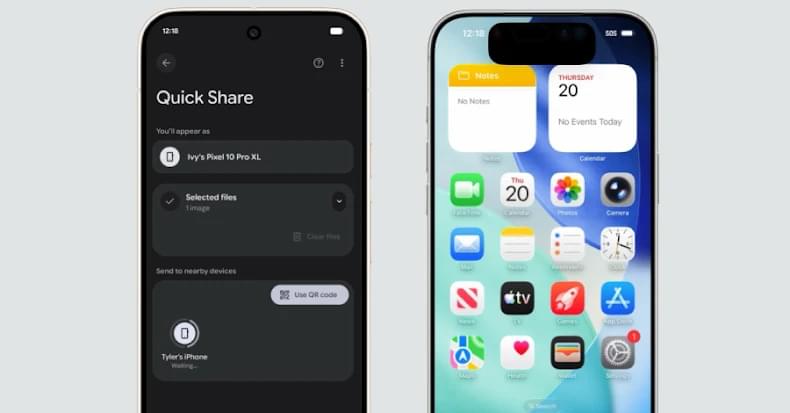Graphene is a remarkable “miracle” material, consisting of a single, atom-thin layer of tightly connected carbon atoms that remains both stable and highly conductive. These qualities make it valuable for many technologies, including flexible screens, sensitive detectors, high-performance batteries, and advanced solar cells.
A new study, carried out by the University of Göttingen in collaboration with teams in Braunschweig and Bremen in Germany, as well as Fribourg in Switzerland, shows that graphene may be even more versatile than previously believed.
For the first time, researchers have directly identified “Floquet effects” in graphene. This finding settles a long-running question: Floquet engineering – an approach that uses precise light pulses to adjust a material’s properties – can also be applied to metallic and semi-metallic quantum materials like graphene. The work appears in Nature Physics.








